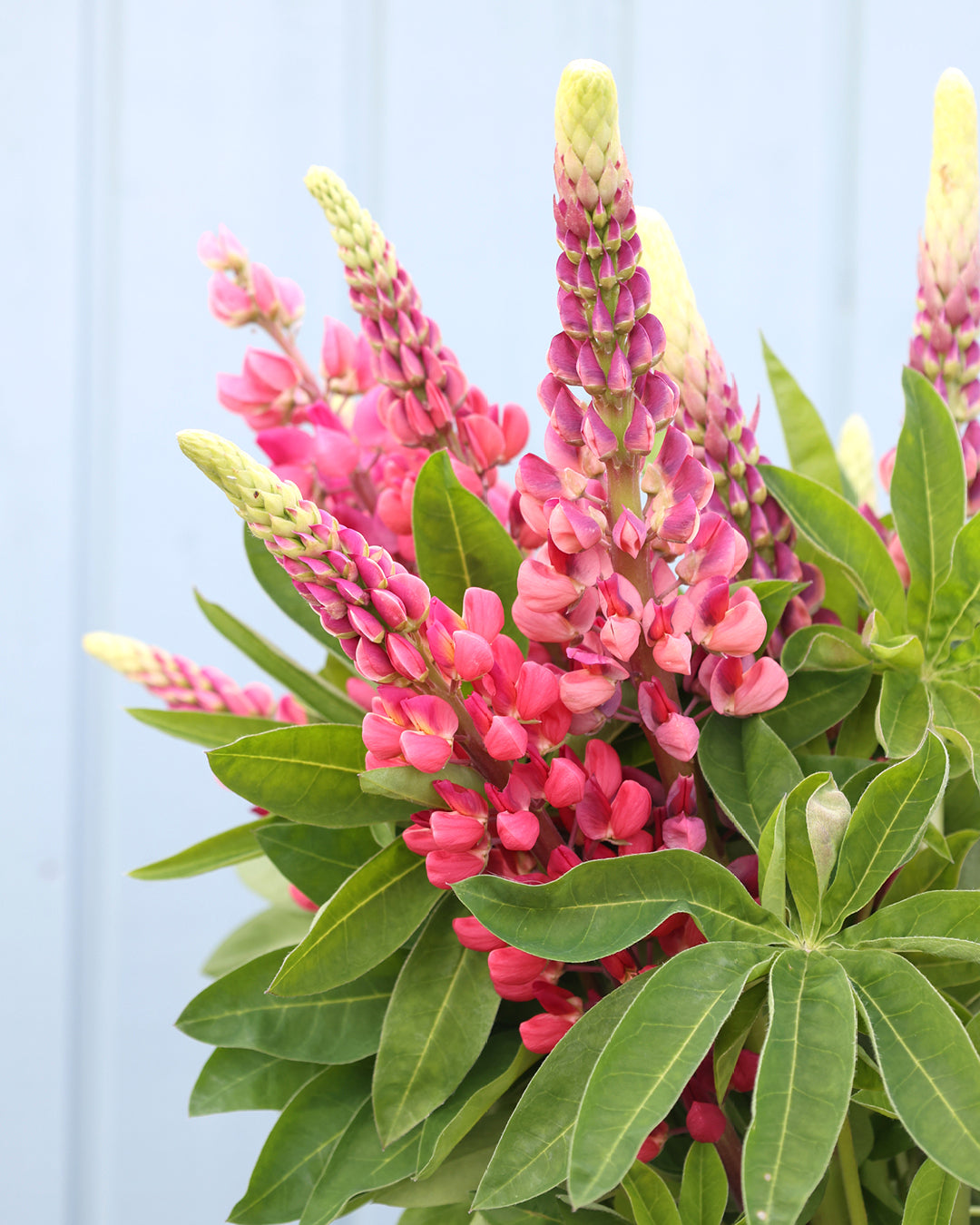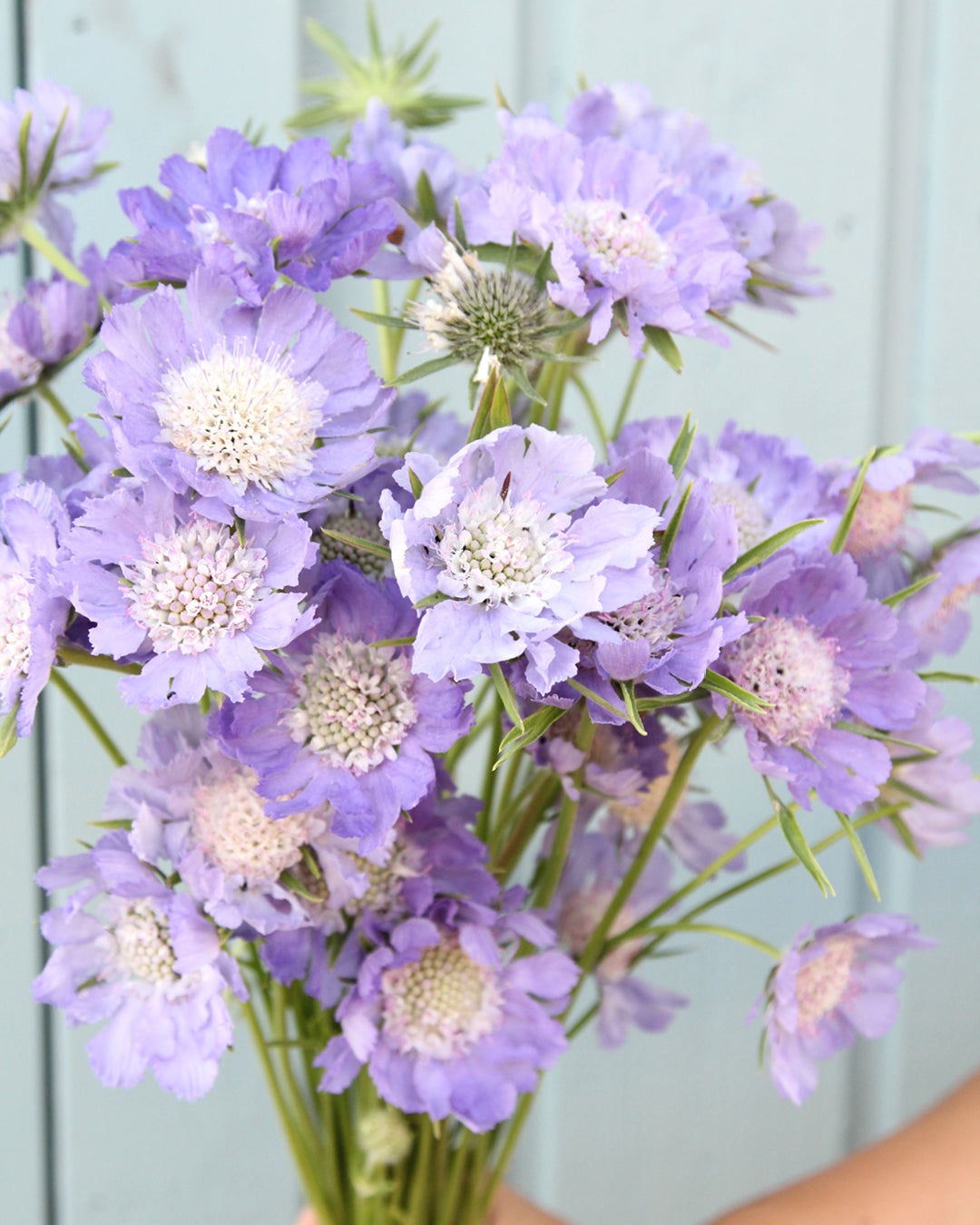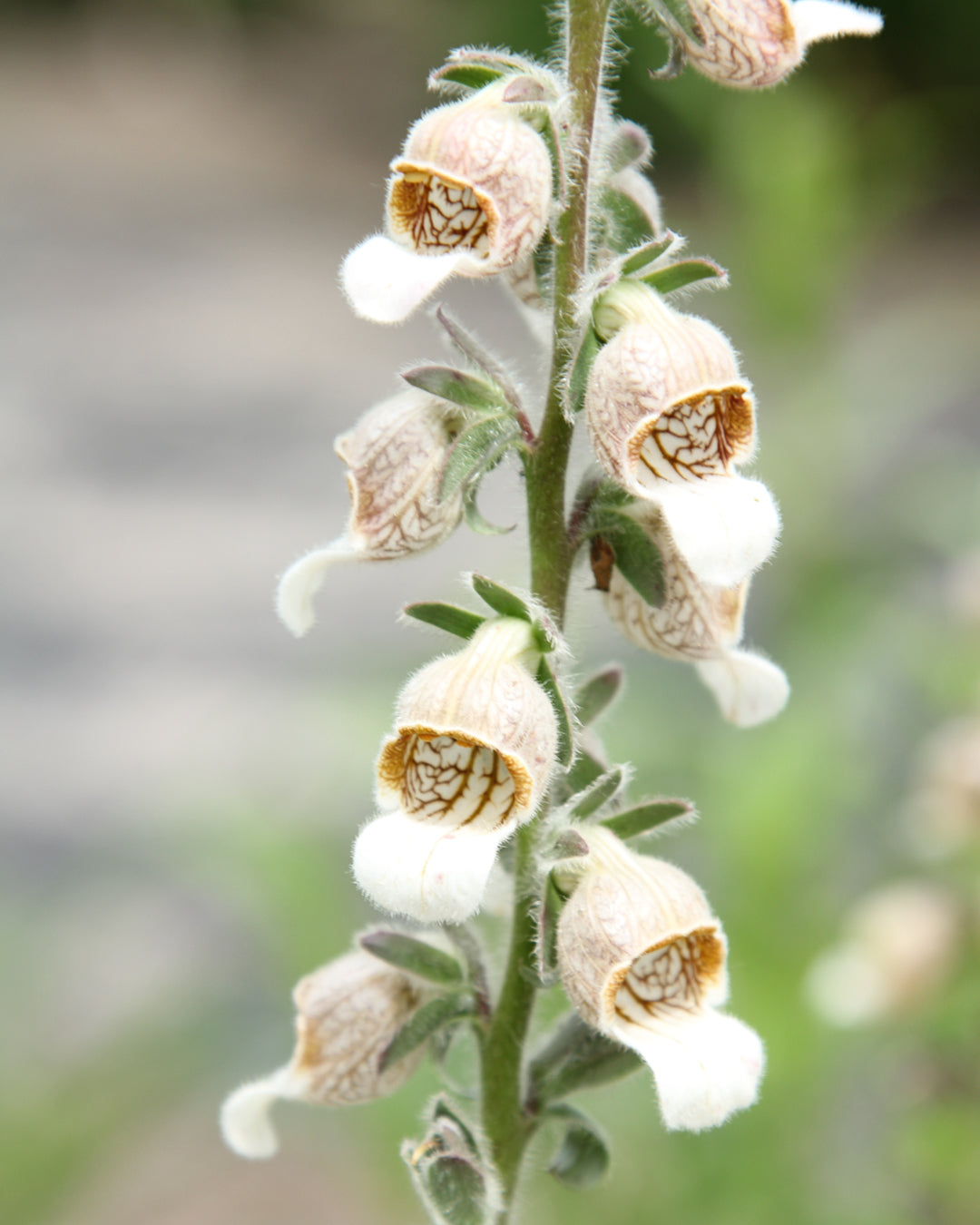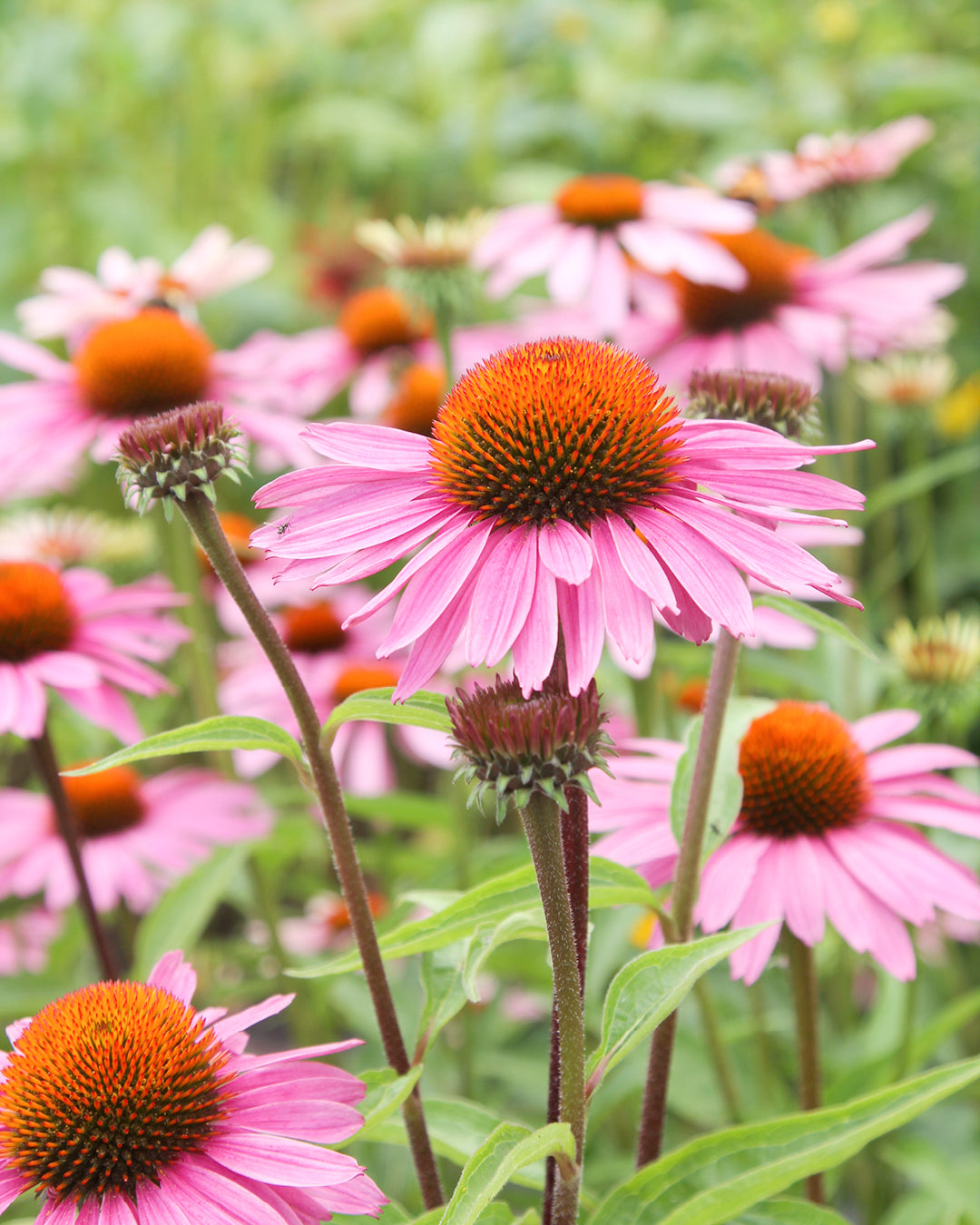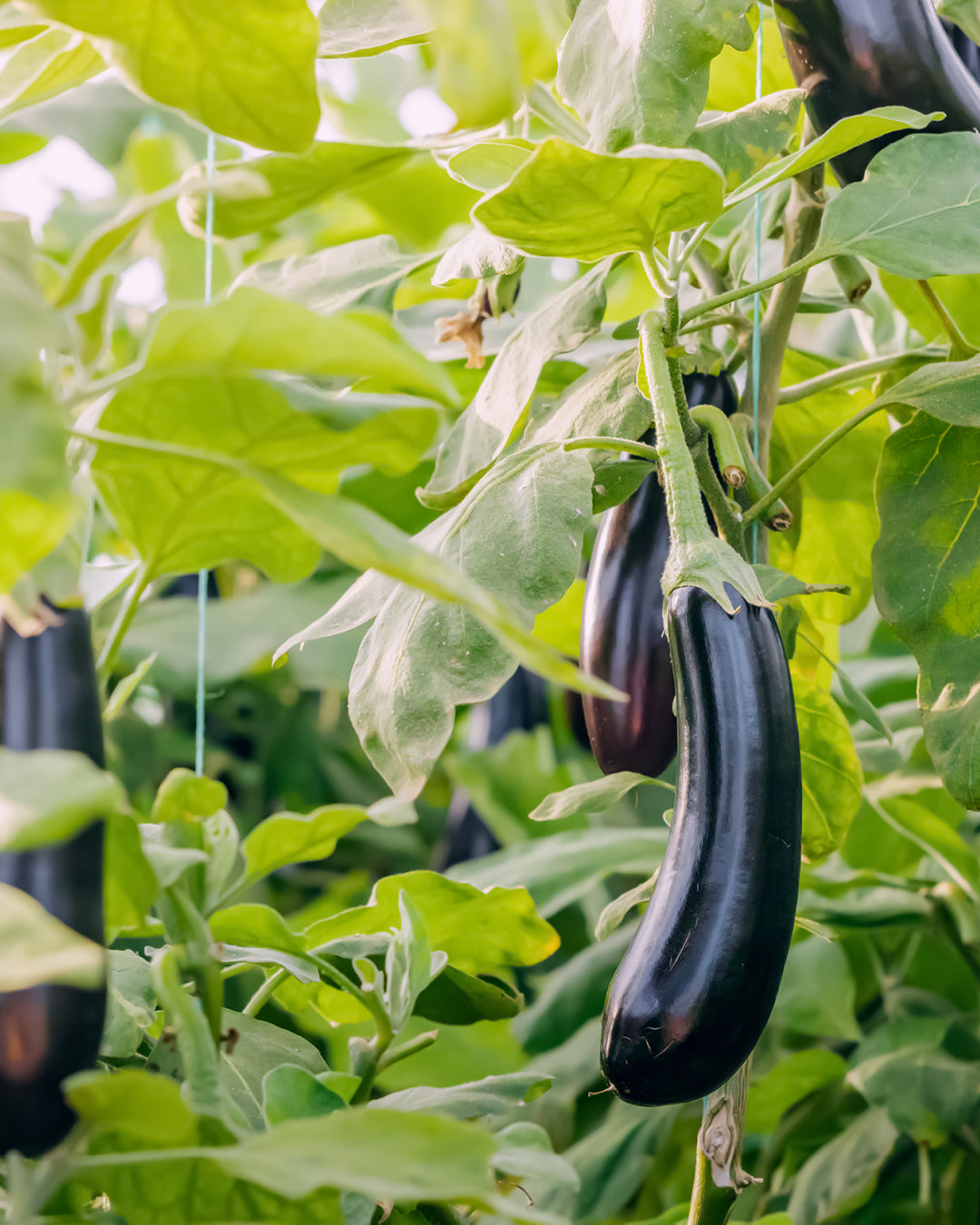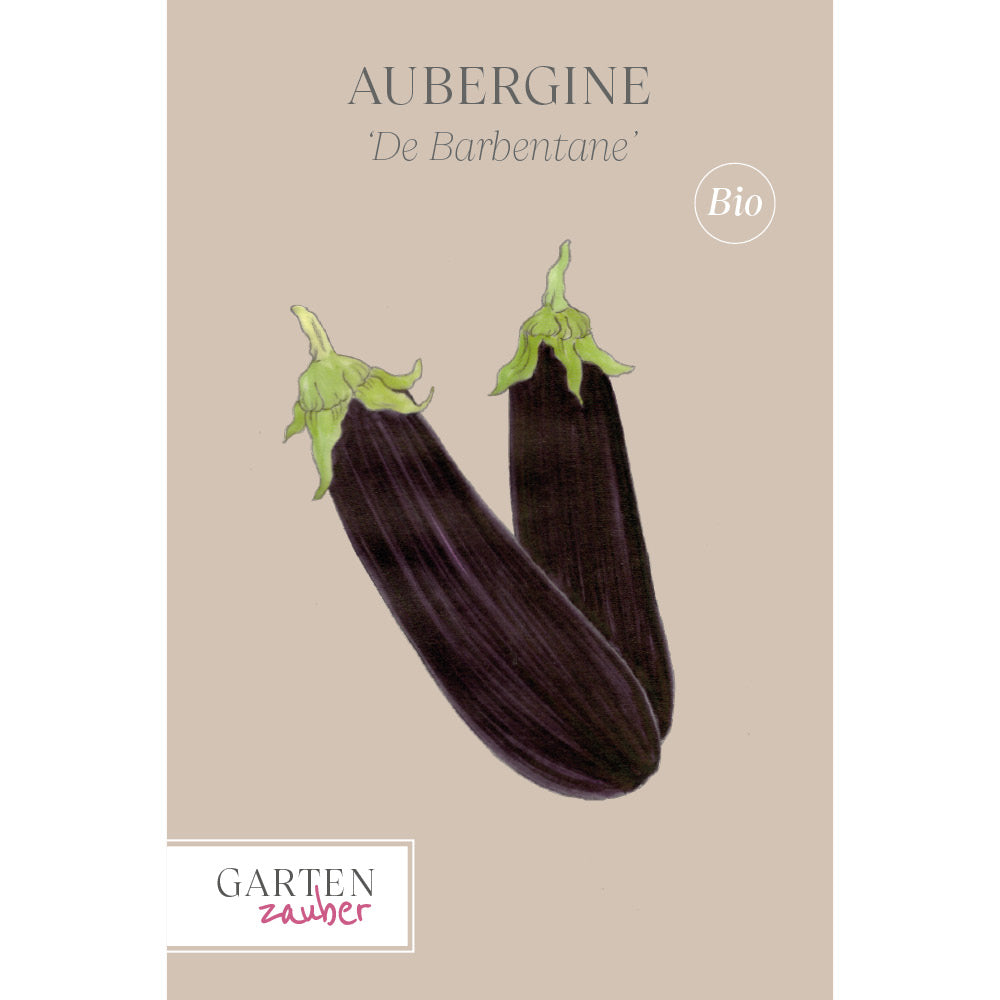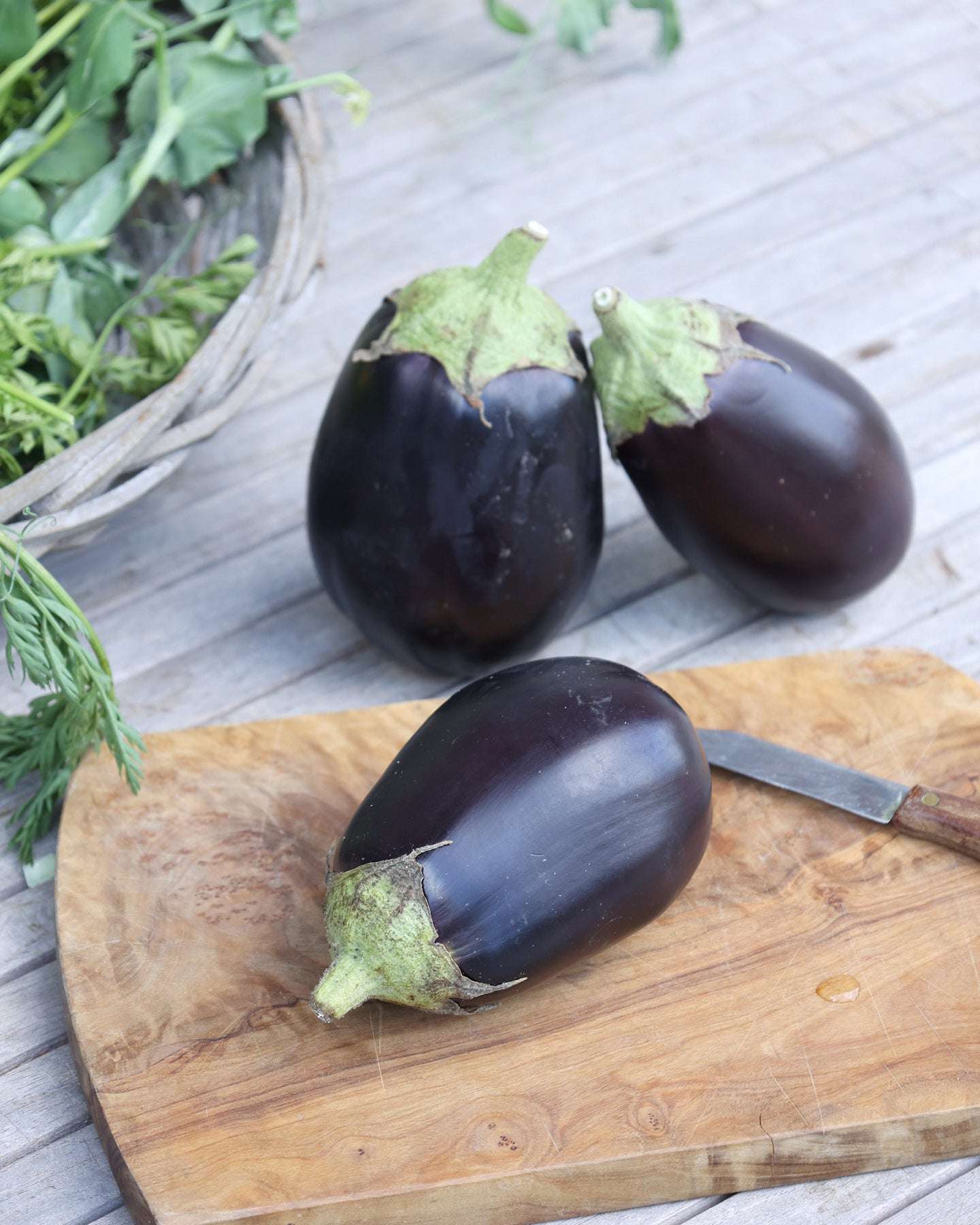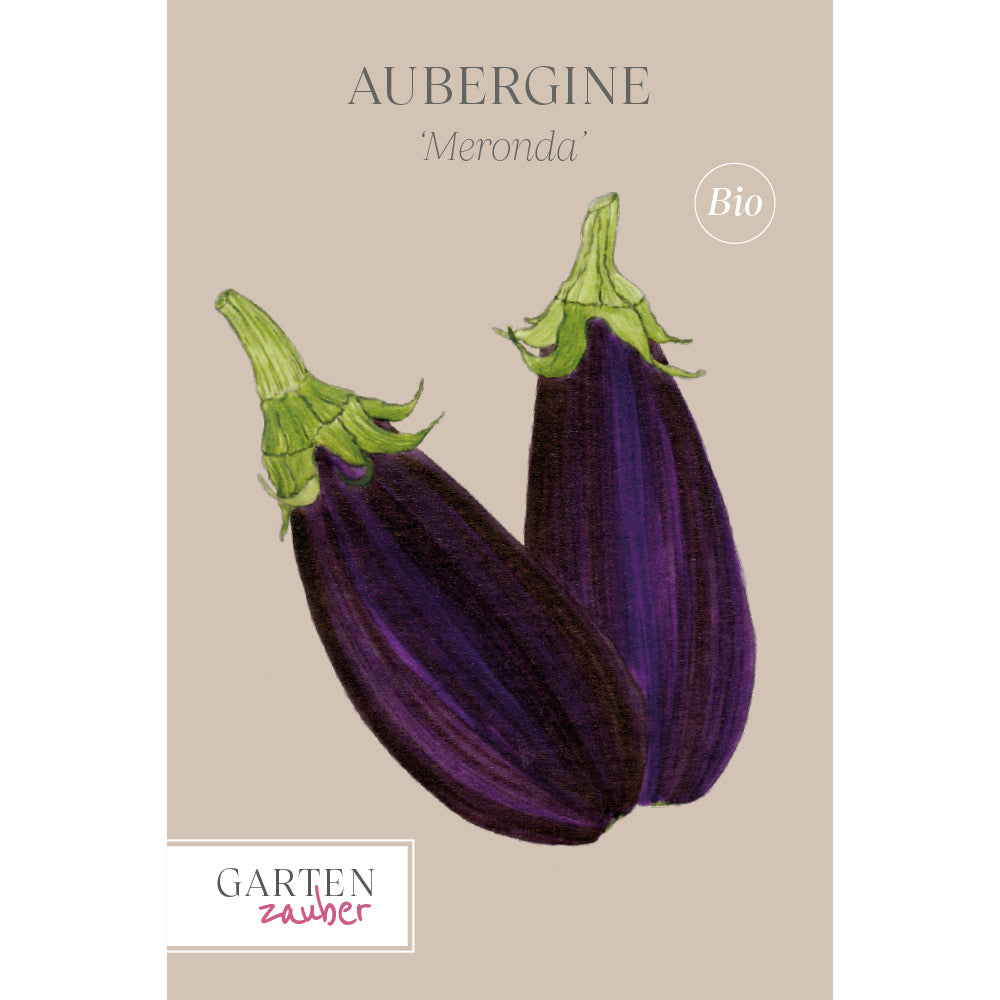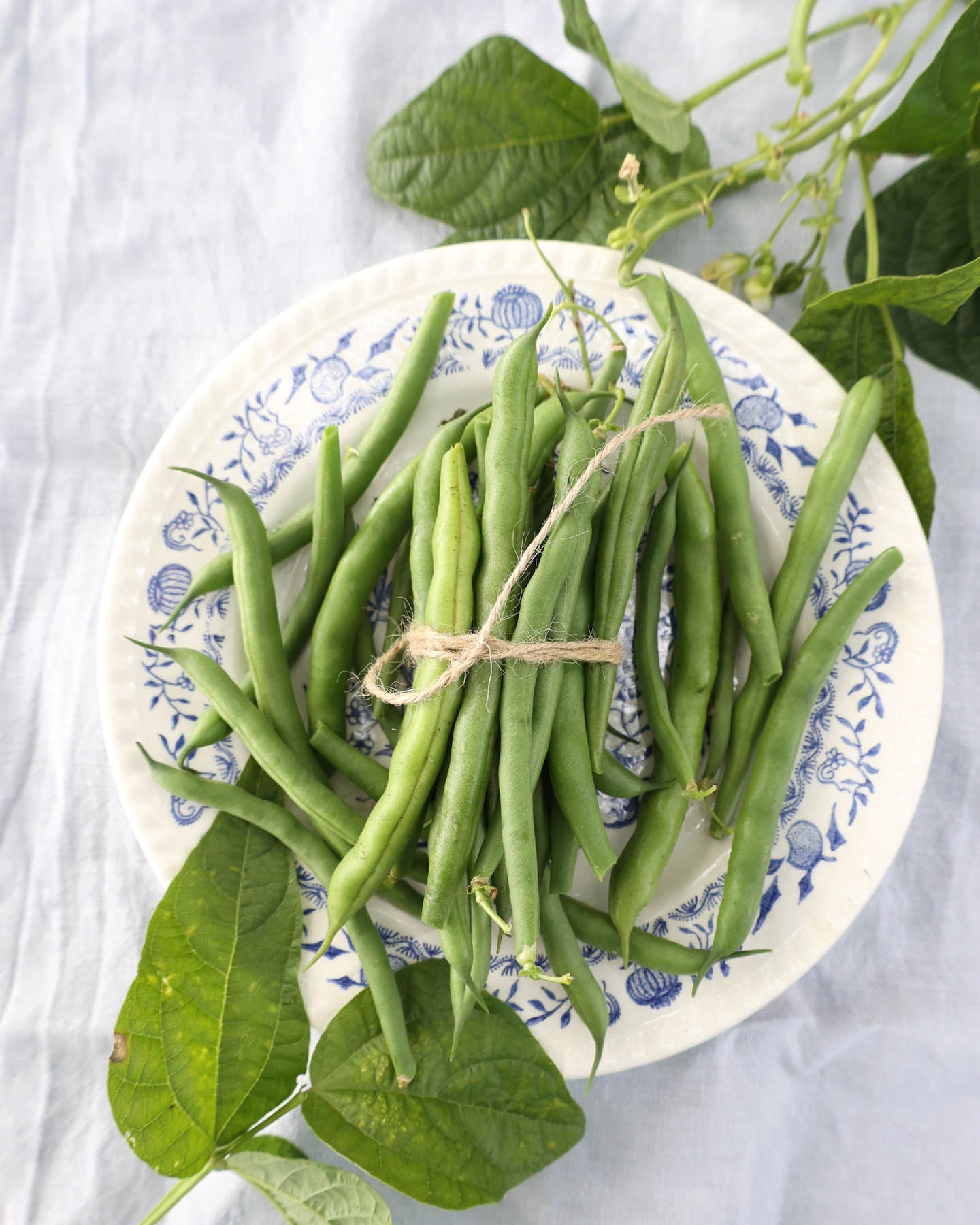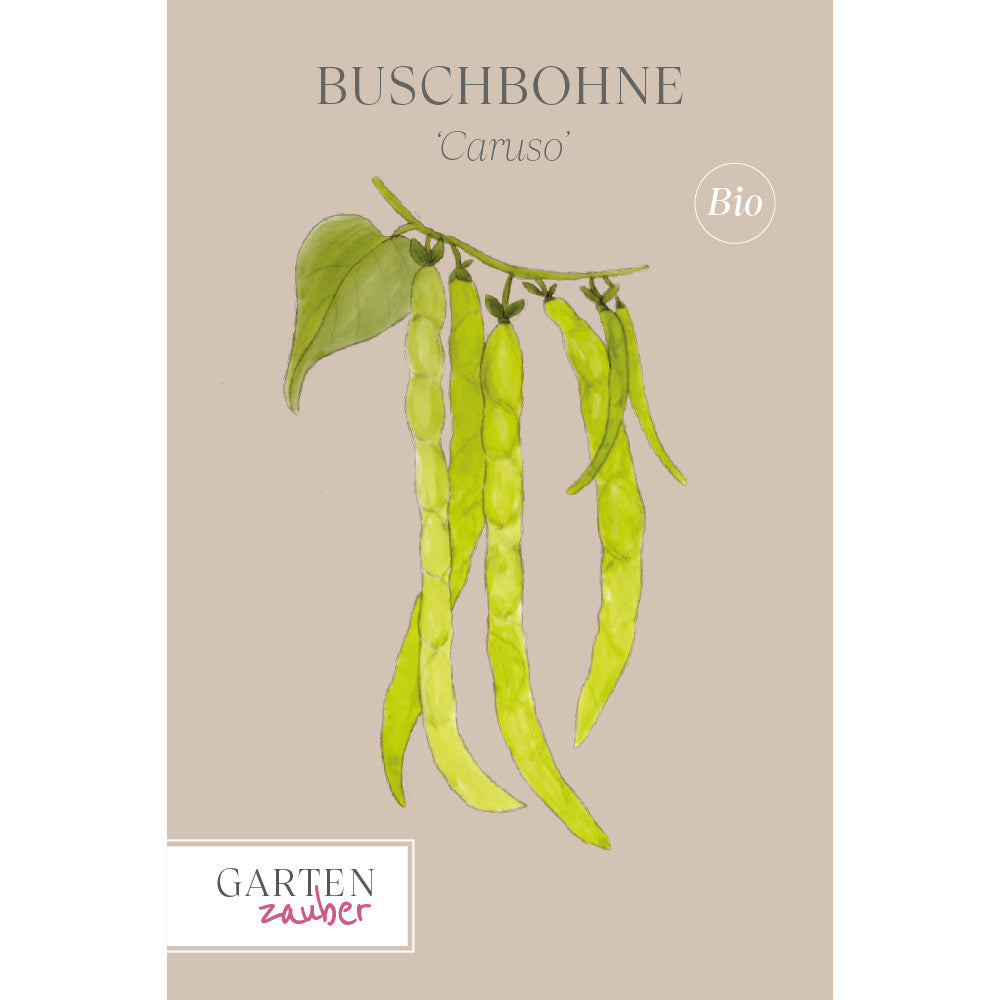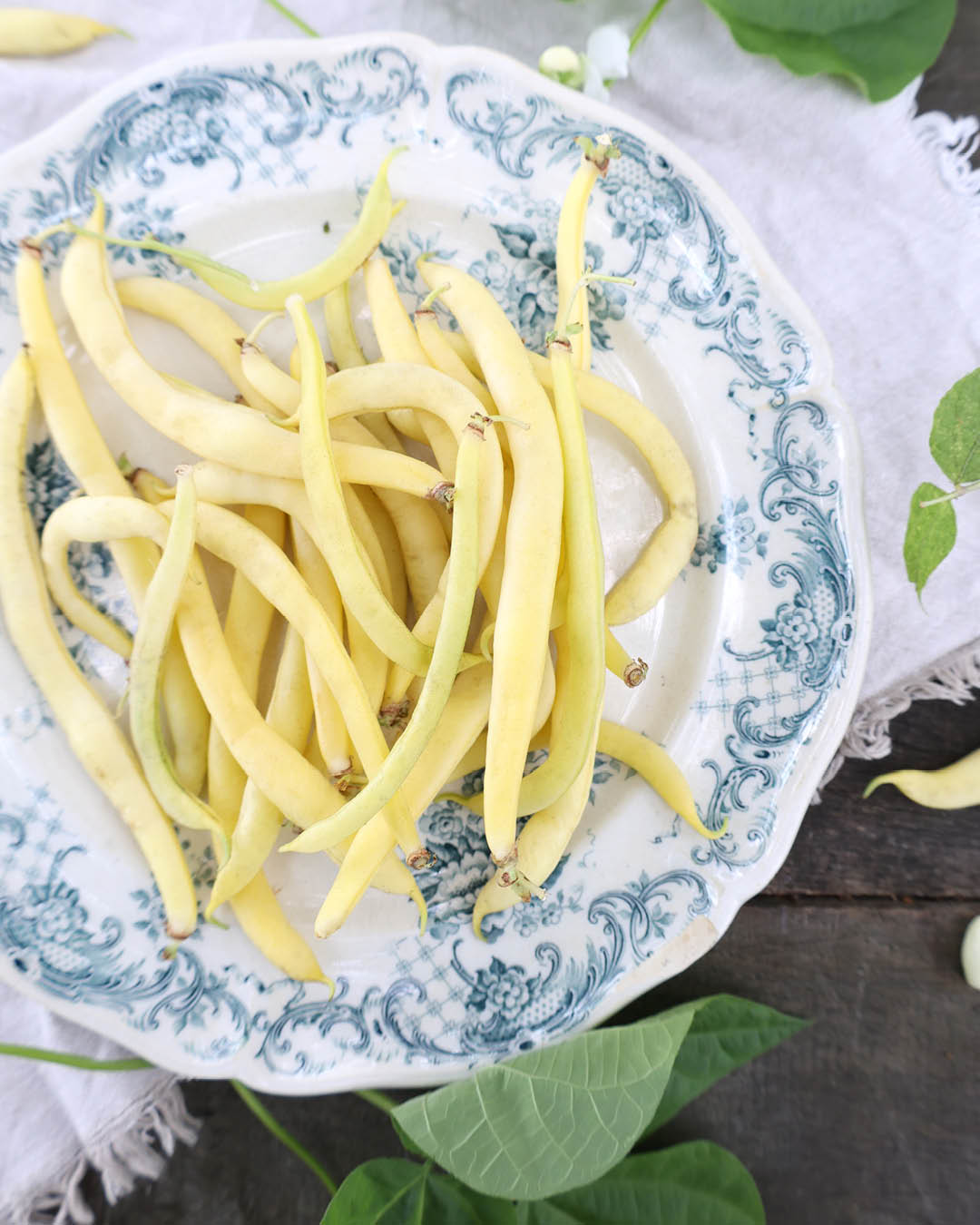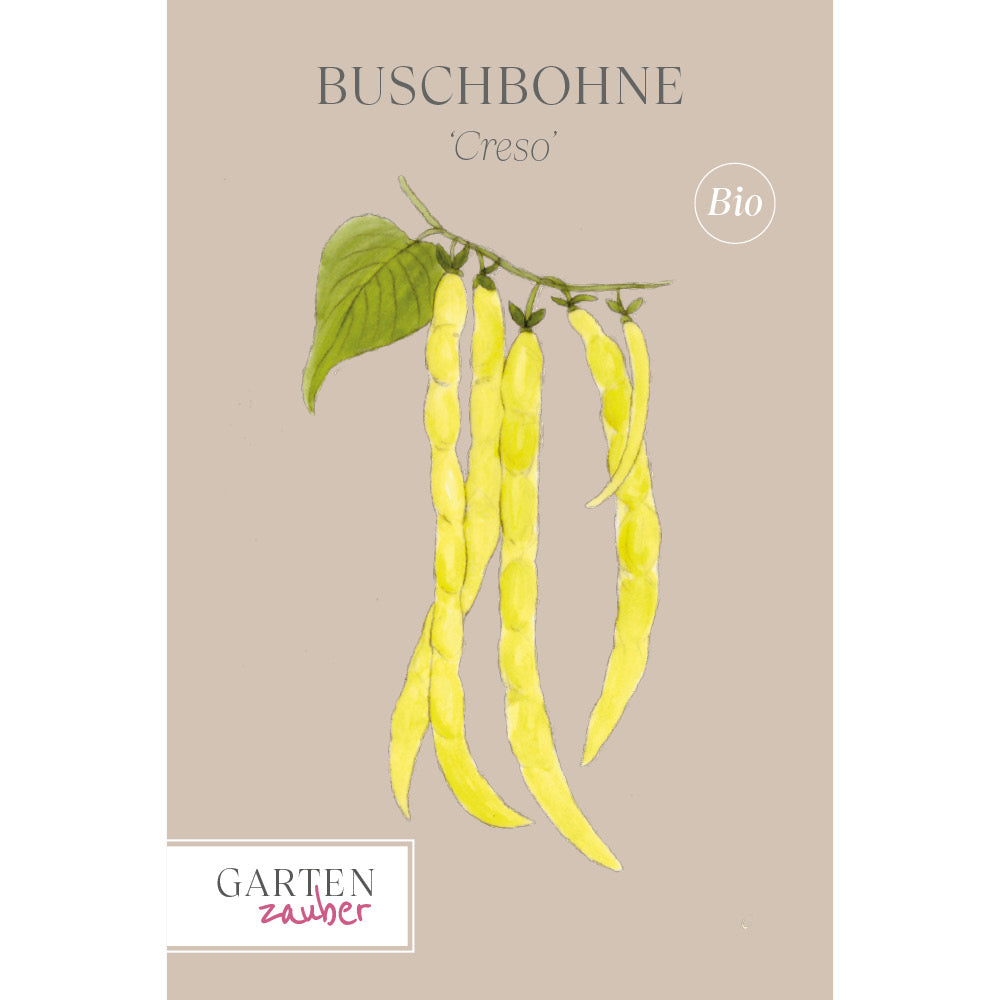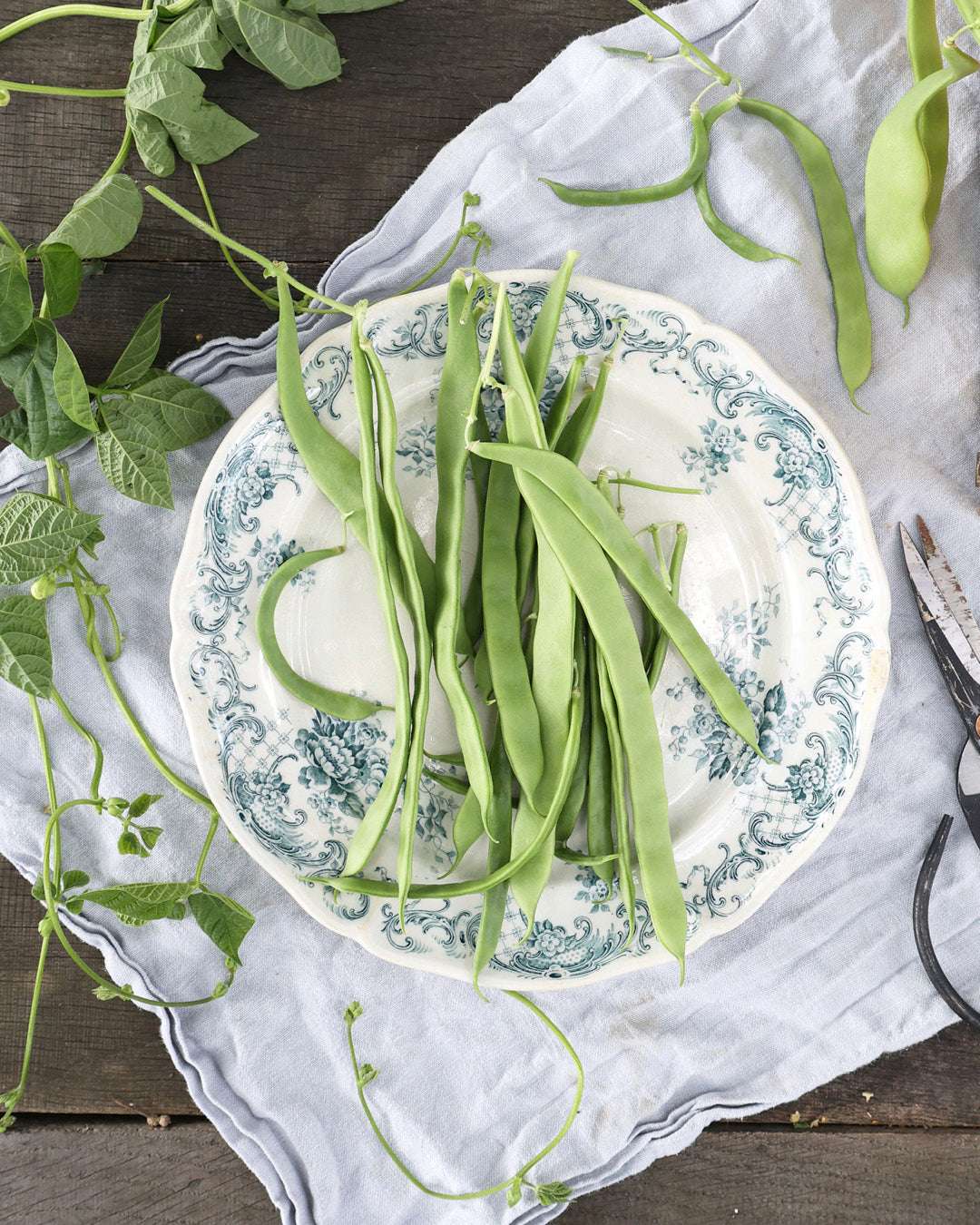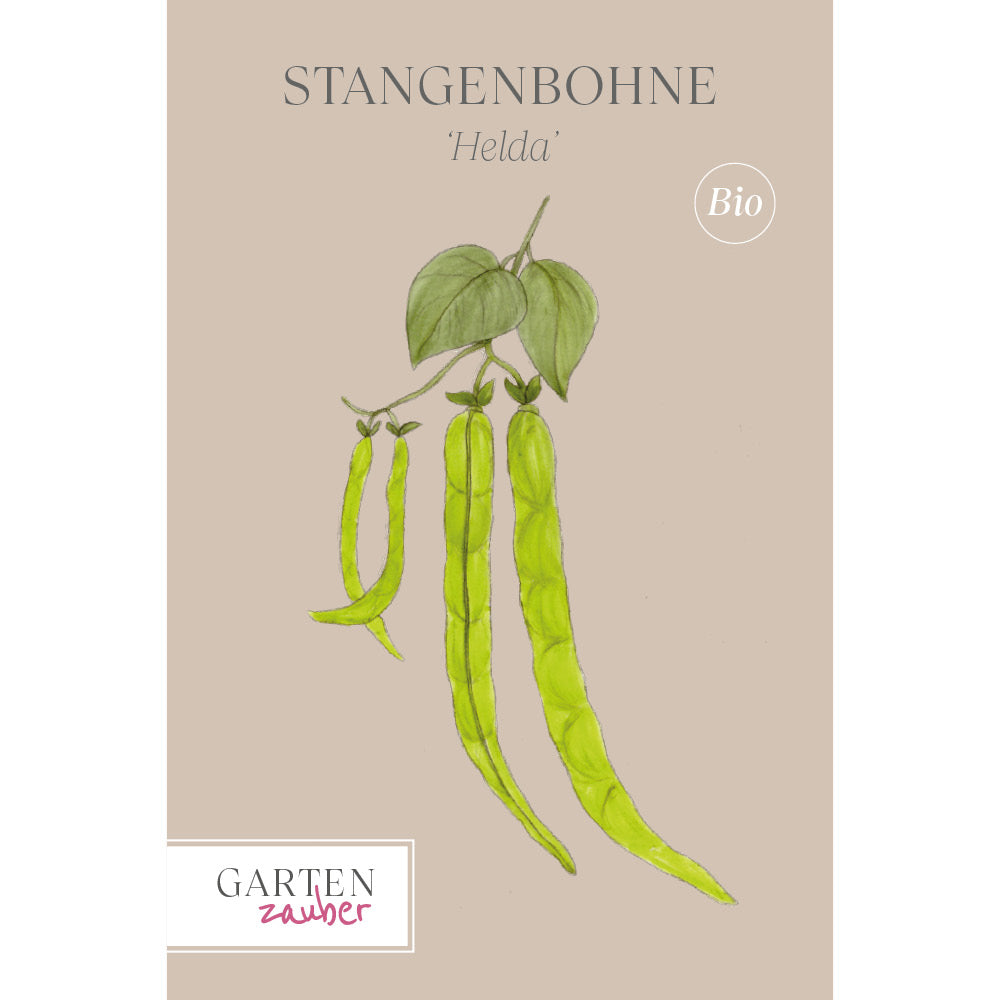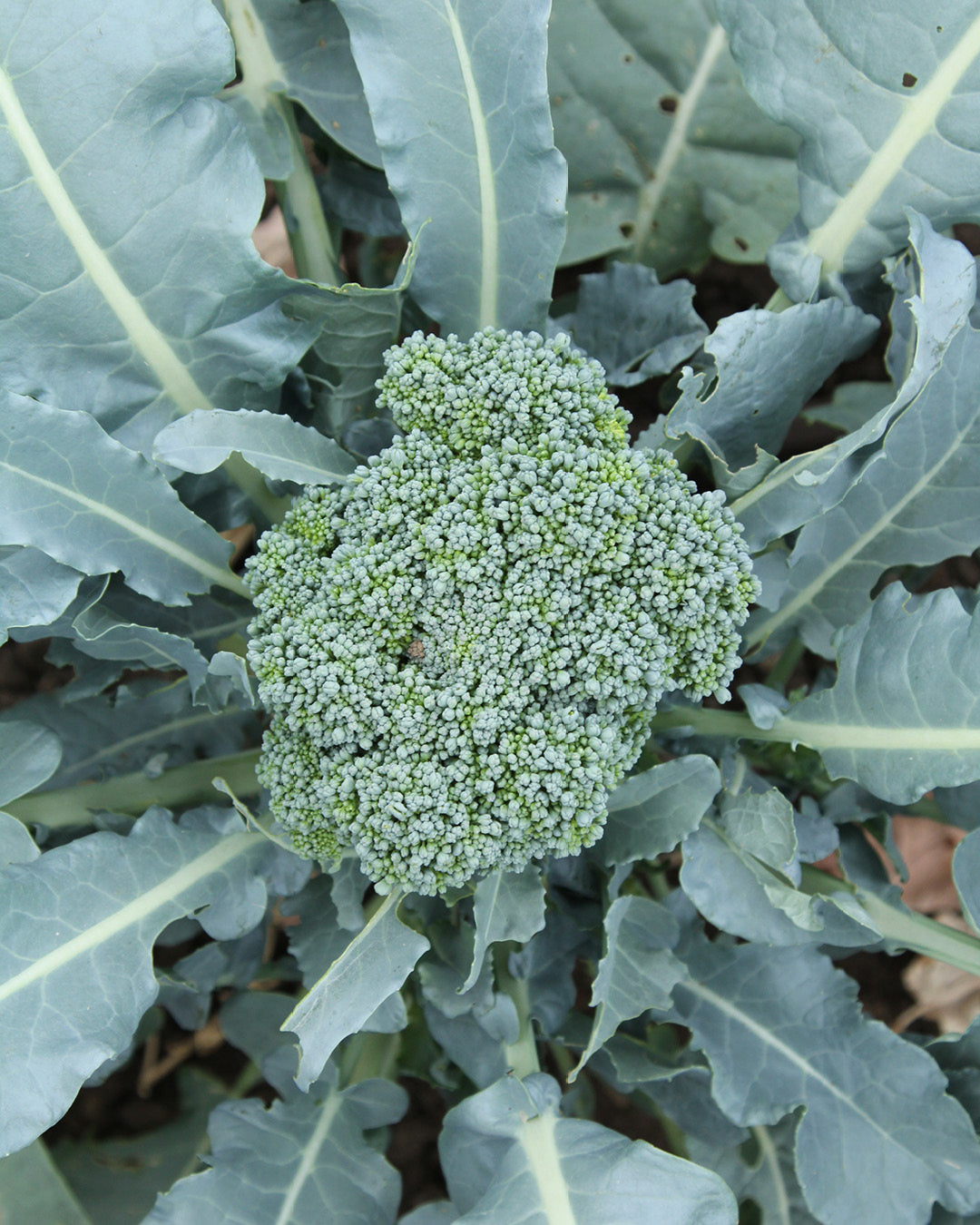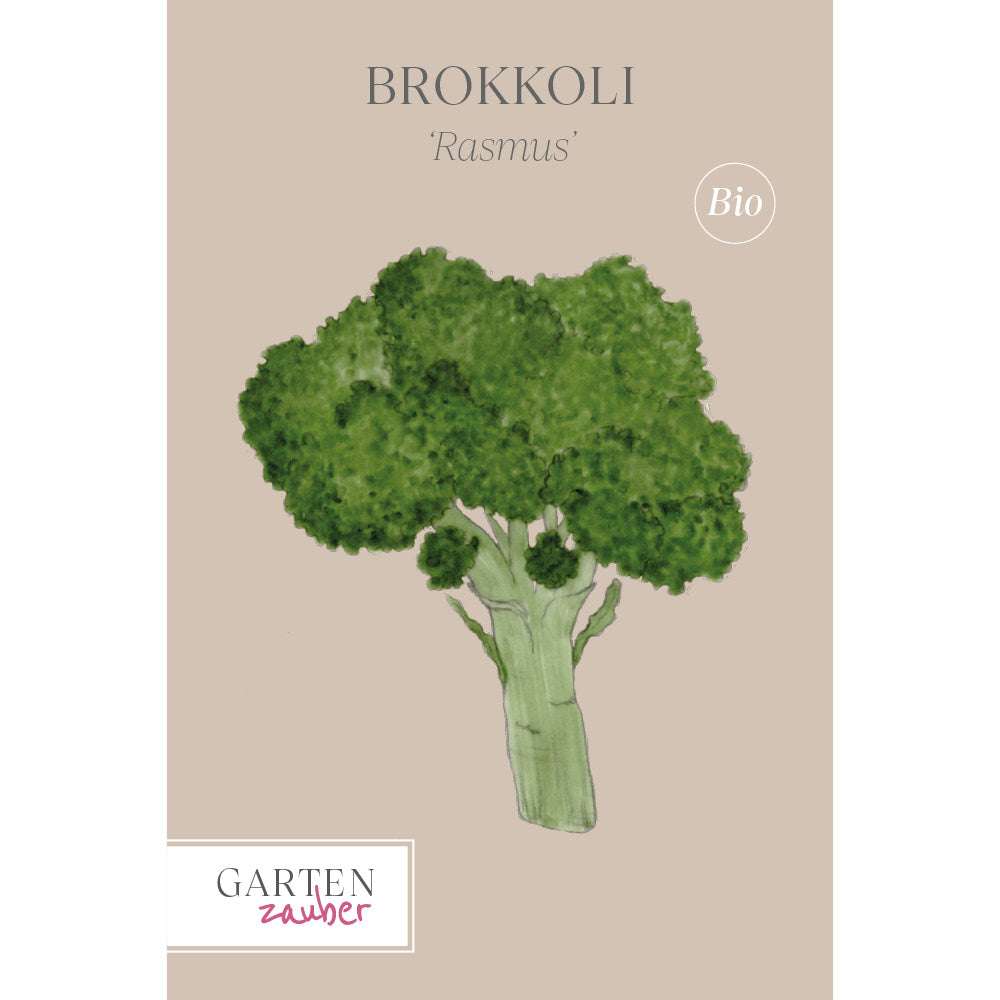Garden boundaries – hedge, wall or fence?
No one wants to feel confined and trapped. At the same time, the property and garden should provide a safe haven for privacy and security.
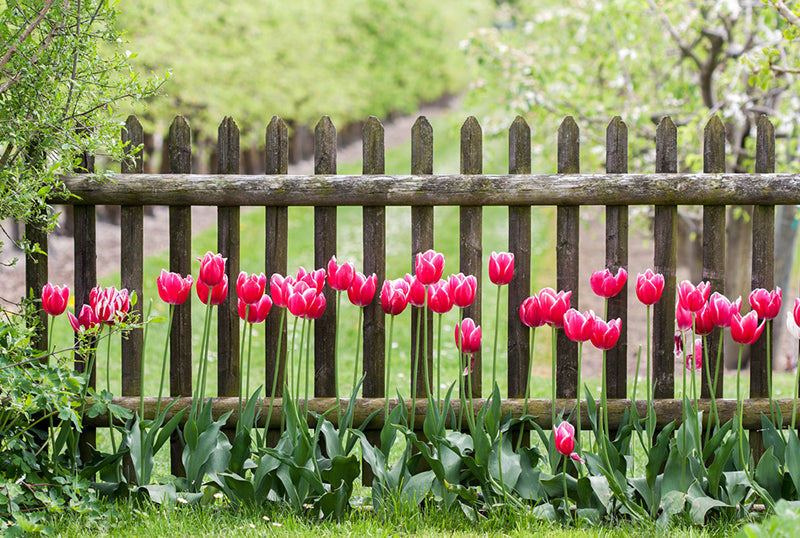
Fences
Fences offer endless design possibilities for garden boundaries, both externally and internally. Height is regulated in most cities and municipalities, so it's best to check with your building authority or town hall before erecting a new fence. The choice of material, however, is entirely up to you.
>>For a smaller property, the boundary fence shouldn't be too high. Otherwise, there's a risk that the garden will appear smaller.
>>With dense fences, you can hide unsightly buildings in the neighborhood or other unattractive elements outside the garden, as a kind of reverse privacy screen.
>>To make the garden a habitat for as many animals as possible, fences should be permeable or at least allow hedgehogs and other small animals to slip through at the bottom. A gap of 5–10 cm is sufficient.
>>When choosing materials and colors, you can incorporate elements of the house's architecture or neighboring buildings so that the property and garden blend harmoniously into the surroundings.
>>For light chain-link fences up to about 1.80 m high, it's perfectly sufficient to hammer metal shoes into the ground and secure the posts. Higher and heavier fences require more stability: In these cases, it's better to place the metal shoes in a small foundation made of concrete or mortar.
Wood
Wood is easy to work with, has a wide range of uses and – depending on the design – suits every garden style.
>>Picket and picket fences – a simple, understated option, yet also the most effective. Hardware stores and garden centers offer ready-made fence panels in various heights and widths, which are attached to matching posts. Perfect for DIY. The wood must be stained, varnished, or painted if it isn't pressure-treated. The overall effect: traditional and rustic.
>>Picket fences – simple and ingenious. The roughly hewn wooden slats, usually pointed at one end, are delivered in a coil twisted with thick wire. They are made of weatherproof chestnut, locust, or elm wood and are secured between posts. Available in various heights and widths, they are permeable and equally perfect for rural and modern gardens.
>>Wicker – Low to high mats made of willow or hazel, reed, bamboo, or heather, which serve primarily as temporary privacy screens, windbreaks, and to separate garden spaces within a property. Since they are not overly heavy, they can also conceal unattractive walls.
metal
Fences made of iron, raw, galvanized, or—the most expensive option—stainless steel, range in appearance from nostalgically playful to stylishly modern, depending on the design. The fence or wire elements are mounted between posts or masonry pillars made of natural stone or brick. For advanced DIYers.
>>Wrought iron – Fences made of metal rods with beautiful decorations in the form of rosettes, flowers, and snails. Antique fence elements with a rich history can be found at suppliers of historical building materials.
>>Metal mesh – sturdy and solid, but not cheap. The fence panels are secured between posts. Like all metal fences, they can be covered with climbing plants.
>>Chain link fence – the simplest and comparatively inexpensive fencing option. Galvanized or plastic-coated. Galvanized chain link fences blend in better with the garden than dark green mesh, quickly turning an unobtrusive dark gray as the zinc surface oxidizes. Perfect for DIY projects.
>>Barbed wire – It has no place in the garden! It poses an unnecessary risk of injury not only to children, but also to domestic and wild animals and birds.
plastic
Plastic fence elements are neither particularly attractive nor environmentally friendly – even if they are made from recycled plastic. Over the years, they become brittle and discolored due to wind and weather, sun, heat, and cold, and then require costly disposal.
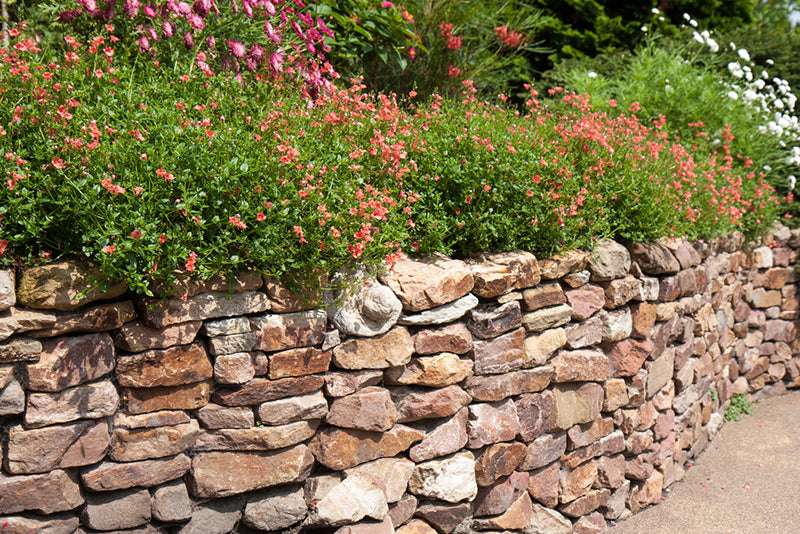
walls
Walls, whether made of brick, natural stone, concrete, or precast concrete blocks, serve a variety of purposes in the garden. High walls form a stable and secure enclosure for the property, but they also provide privacy at seating areas or on terraces and—in the low version—enclose garden beds and paths. Wide walls can also be used as additional seating areas if they have a smooth top. They serve another function in gardens on slopes or with a gradient: they absorb the sloping terrain, support banks, and enable the creation of terraces. Retaining walls make steep hillside gardens usable, even if you have to climb a few steps or a staircase between the individual levels.
>>All walls need a foundation to provide stability and stability. For low walls (less than 50 cm high), the foundation must extend at least 30 cm into the ground, and for taller walls, up to 80 cm. This ensures the wall's structural stability and prevents it from toppling over in strong winds or from being casually leaned against.
>>As a general rule, walls higher than 1 m and/or supporting a slope should be built by a professional. If the foundation and masonry, or ground anchors on the slope, are not constructed carefully or properly, even a low wall poses a danger.
>>Particular attention should be paid to the top of the wall, the top of the wall. Except for dry-stone walls, rainwater must not penetrate the masonry, as this could cause the wall to crack during frost. Flat slabs are suitable for covering the wall, and for brick walls, a so-called rolled layer of clinker bricks is also used to finish off the wall.
>>Bricks, clinkers, natural and concrete stones can be stacked on top of each other with mortar as a mortar wall or without mortar as a dry stone wall.
Bricks and clinker
Walls made of fired clay bricks, joined together with mortar, look natural thanks to their warm earth tones and have a uniform, calm appearance. You can lay the bricks either evenly or in a specific pattern. In both cases, cross joints, i.e., joints that run vertically across two layers of brick, make the wall unstable and should therefore be avoided.
natural stone
Natural stone walls made of sandstone, slate, or shell limestone, to name just a few, create a tranquil backdrop—ideal for colorful flowerbeds and plantings. Locally sourced materials are usually cheaper. You can even sometimes find them at demolition sites. The weathered stones can be used to create walls that look as if they were many years old.
>>Fastening brickwork – this is the name given to non-load-bearing masonry that is glued to a wall behind it, usually made of concrete, like a cladding. This creates the impression of a massive natural stone wall, but costs only a fraction of the cost of a solid stone wall.
>>When purchasing natural stone, pay attention to its origin: Cheap stones from South America or Asia often come from quarries where children are forced to work. Only buy materials from reputable suppliers, which can be identified by the Xertifix certificate, for example. Non-standardized certificates and safety certifications from dealers or companies are not reliable.
dry stone wall
A mortarless dry stone wall fits perfectly into a natural garden. The more or less wide joints and crevices provide habitat for many animals – insects, lizards, newts, and even wrens nest in dry stone walls. Depending on the exposure, sun-loving succulents like stonecrop and houseleek, or delicate ferns and violets that prefer cool, damp conditions, settle in the cracks. You can build low dry stone walls yourself.
>>The dry stone wall is constructed from natural stones and should have an interior slope of approximately 10%. This simply means that it is slightly wider at the base of the wall than at the top.
>>As a rule of thumb: The base of the wall must be one third of the wall height and must not be narrower than 30-40 cm.
>>A special feature are Cyclopean walls. These are dry-stone walls made of large boulders, stacked on top of each other in such a way that the narrow joints make them look almost like a puzzle.
Gabions
Gabions are filled metal baskets. These wire baskets are available pre-assembled at hardware stores. They can be placed on-site and, once the final location has been found, filled with stones—or wood, metal, or glass fragments. Depending on the size and height, you can also build them yourself.
concrete
Concrete is a flexible material that allows for any wall shape, height, and thickness. The surface can be left raw as exposed concrete, plastered, and/or painted. For stability, a concrete wall must always be reinforced with steel reinforcement. Concrete walls can also be clad with clinker bricks or facing brickwork, making them indistinguishable from natural stone or brick walls.
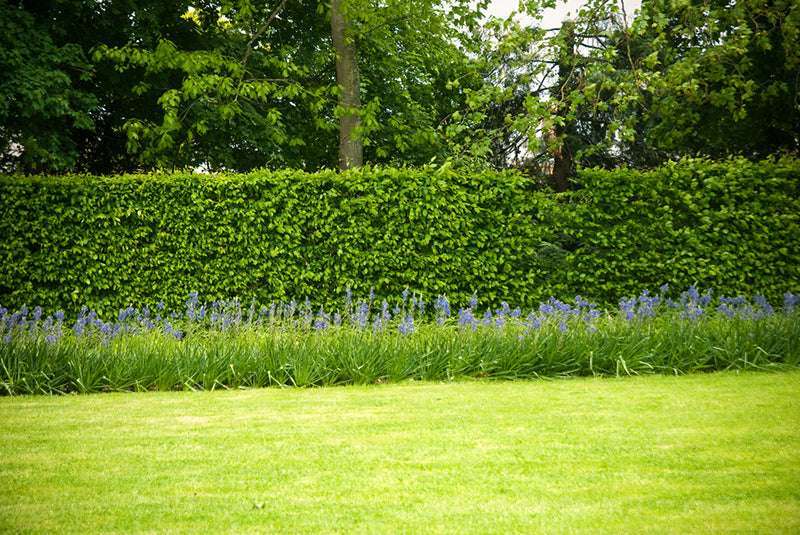
hedges
Hedges are perfect garden borders, especially for smaller gardens where there's not much room for other greenery. A living hedge brings greenery into the garden and creates habitat for birds and other animals. At the same time, hedges filter dust from the air, improve the microclimate, and provide perfect visual, wind, and noise barriers.
Topiary hedges
Clipped hedges are particularly suitable in areas where space is limited. As an alternative to the boring hedges of thuja and false cypress, which have virtually no ecological value, hornbeams, common beeches, privet, firethorn, or barberries are suitable. Among conifers, yew is the hedge plant of choice because it tolerates clipping very well.
>>With regular trimming you can ensure that the hedge stays nice and dense.
>>Choose columnar varieties like the hornbeam 'Pyramidalis' or the rocket juniper 'Sky Rocket' or 'Blue Arrow'. They grow naturally slender and narrow and require almost no pruning except for height.
Boxwood or no boxwood?
In some regions, boxwood is increasingly being attacked by pests and diseases that are spreading as a result of climate change. These include, in particular, the box tree moth, a small butterfly whose caterpillars can quickly strip the entire plant bare, as well as fungal diseases that cause the shoots to die. If you still want to plant a low, evergreen clipped hedge, the following species have proven to be very effective:
>>Japanese holly, Japanese holly (Ilex crenata)
>>Hedge myrtle, honeysuckle (Lonicera nitida)
>>Spindle tree (Euonymus sp.)
>>Privet (Ligustrum vulgare)
>>Yew (Taxus)
>>Arborvitae (Thuja occidentalis)
Free-growing hedges
Loosely growing hedges made from native and exotic wild and ornamental shrubs require more space but offer more variety in the garden. Depending on the season, they change their appearance with new shoots, blossoms, fruits, and autumn colors; many species even have attractive bark. Suitable native species are field maple (Acer campestre), cornelian cherry (Cornus mas), hawthorn (Crataegus sp.), honeysuckle (Lonicera xylosteum), spindle tree (Euonymus europaeus), wild cherry (Prunus avium), blackthorn (Prunus spinosa), buckthorn (Rhamnus sp.), black and red elder (Sambucus nigra, S. racemosa), viburnum (Viburnum opulus, lantana), privet (Ligustrum vulgare) and hazel (Corylus avellana) and various wild roses such as the dog rose (Rosa canina) and the apple or potato rose (Rosa rugosa), to name just a few examples. Non-native, but equally attractive and ecologically valuable, are flowering hedges made from species such as hydrangeas (Hydrangea), exotic viburnum species (Viburnum plicatum, rhytidophyllum), forsythias (Forsythia), weigelias (Weigelia), spirea (Spiraea), deutzias (Deutzia), and kolkwitzias, which provide food for bees, bumblebees, and other insects and nesting sites for birds. If you choose shrub species with prickly or thorny branches, such as firethorn, rose, blackthorn, or barberry, the hedge becomes even more impenetrable and provides a secure property boundary.
Deciduous hedge shrubs
Hedges made of deciduous shrubs and woody plants are bare in winter and offer less visual and noise protection. They provide protection in winter through their bark and the shape of their twigs and branches. A compromise are species that only replace their leaves with new ones in spring, such as privet and firethorn. Clipped hornbeams and common beeches shed their (dry) leaves at least in late winter.
Evergreen hedges
Hedges made of evergreen trees provide year-round privacy and wind protection, yet also barely change their character. They make a beautiful backdrop for perennial beds and lawns. Evergreen deciduous trees include Viburnum davidii, Prunus laurocerasus, Ilex, and Berberis hookeri. Among conifers, varieties of yew (Taxus) are the most suitable. They also tolerate more severe pruning into the old wood, which Thuja and Chamaecyparis cannot.
← vorheriger Post: Bee-friendly perennials: autumn anemone, yarrow, scented nettle & Co.
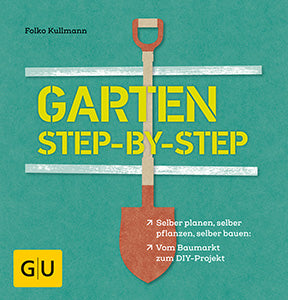
The content of this article is from the book:
Folko Kullmann
Garden Step-by-Step –Plan yourself, plant yourself, build yourself: From the hardware store to the DIY project
Price: 19.99 € (D) / 20.60 € (A) / 26.90 sFr
ISBN: 978-3-8338-5872-7
Digging in the soil with both hands, removing dead flowers here, planting new ones there—gardening can be wonderfully relaxing and satisfying. If you'd also like to put your green thumb to the test as a craftsman, you'll find the perfect gardening guide in the GU Garden Guide.Garden Step-by-Stepby Folko Kullmann, a colorful collection of 25 DIY projects. In an easy-to-understand format, the author presents not only the most important basics for planning a successful garden, but also practical instructions for garden design for do-it-yourselfers.

